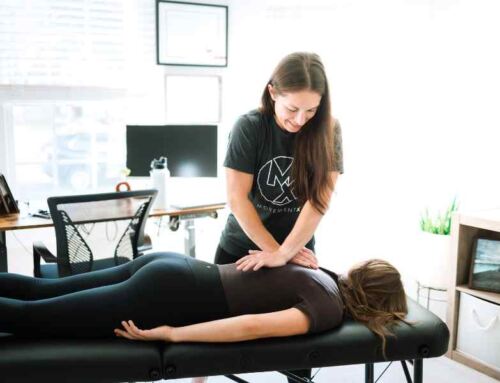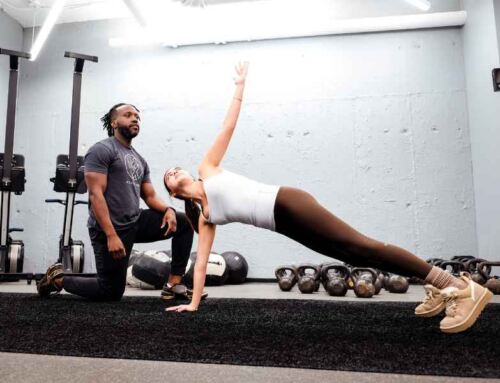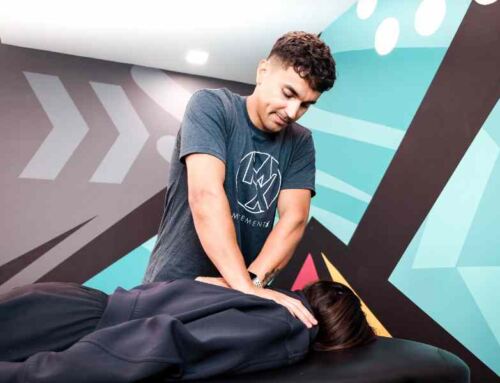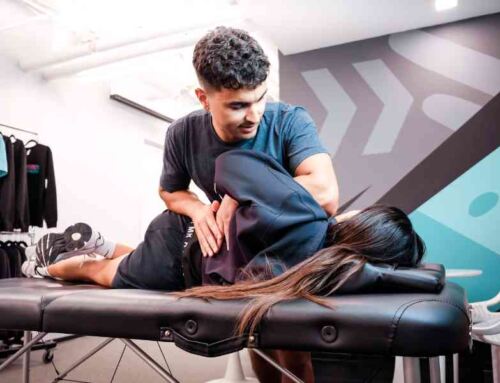Unlocking Relief: The Role of Myofunctional Therapy in Treating TMJ/TMD
If you suffer from a temporomandibular disorder (TMD), or what many people commonly refer to as TMJ, you’re not alone. In fact, you’re one of the hundreds of millions of people who will be affected by this potentially debilitating condition in their lifetime.
Understanding Temporomandibular Disorders (TMD/TMJ)
Temporomandibular disorders or TMDs are a group of conditions affecting the temporomandibular joint (TMJ), surrounding muscles, and other associated anatomical structures. The jaw bone is connected to your skull via a joint capsule and ligaments on both sides of your head. It is controlled by the jaw muscles or muscles of mastication which play a huge role in our ability to eat, chew, swallow, talk, etc. and also stabilize the temporomandibular joints.
It is estimated that the jaw moves up to 5,000 times per day which means that the joint and surrounding muscles need to be functioning well to withstand such a high level of day-to-day stress. If there is an injury, contributing anatomical or functional issues, comorbid health problems, or external factors such as stress or anxiety that negatively impact the temporomandibular region severely enough or for long enough it can lead to pain and functional limitation that can become a chronic issue.
If you’re interested in reading even more about TMD you can also check out the TMD condition page by MovementX PT Dr. Mel Bartlett.
Fortunately, there are plenty of great treatment options available to those experiencing TMD. Dentists are often the frontline provider for TMD care given their expertise in the anatomy and function of the mouth and teeth and can provide medications, oral appliances or splints, and other forms of treatment to help their patients. Physical therapists are also an important provider in TMD care and address issues related to inflammation, joint mobility, muscle pain and function, and joint stability along with bigger picture problems related posture or adjacent body regions such as the neck, shoulder, or midback that can impact the TMJ.
See MovementX PT Dr. Adam Kays’ article on regional interdependence to learn how one body region can impact others.
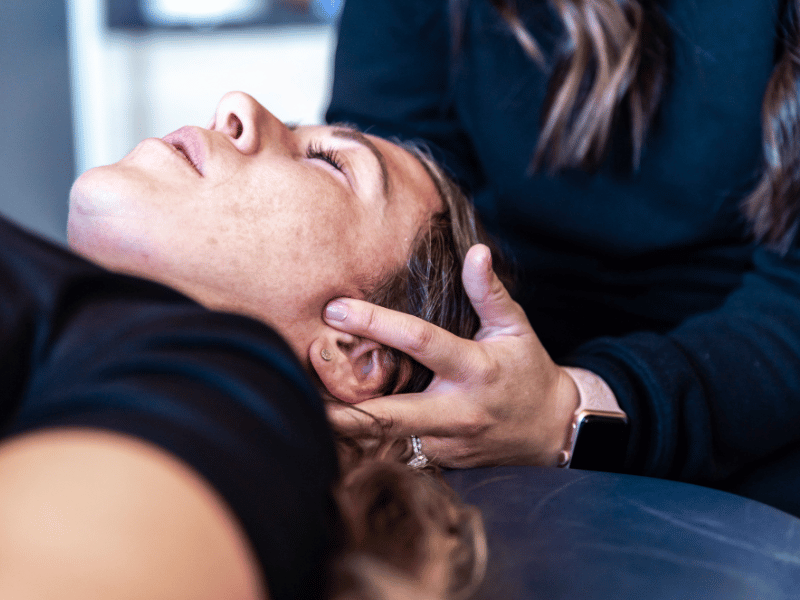
TMD care can also include other providers such as otolaryngologists (ENTs), osteopathic doctors, massage therapists, chiropractors, psychologists, and other medical or dental specialists.
Unfortunately the average patient sees 5 or more providers while trying to find good TMD care. Make sure that you seek out providers who have completed extensive training in TMD and are willing to collaborate closely regarding your care.
The best treatment for TMD often includes a combination of multiple treatment types including oral appliances, medications, therapeutic interventions, and modalities.
The purpose of this article is to examine the benefit and role of myofunctional therapy (MT) which has emerged as a very promising adjunctive treatment for TMD. Myofunctional therapy is a specialized treatment approach involving a series of exercises aimed at improving muscle coordination, improving breathing patterns, and correcting tongue posture to achieve proper function of the oral and facial muscles as well as alignment of the jaw and facial structure.
Causes and Contributing Factors to the Development of TMD
Before we get into the specifics of myofunctional therapy (MT) as a treatment, I want to dive a little deeper into the causes and contributing factors of TMD to help us better understand the mechanism by which MT works.
The causes of TMD are multifactorial which is likely why TMD patients can have such a hard time getting better. Of course there are obvious causes like trauma (imagine a boxer getting punched in the jaw) that can cause significant problems. However, most cases do not have a specific mechanism of injury and are more progressive in onset. In these cases there are often multiple contributing factors that lead to increased muscle strain, joint dysfunction, and misalignment of the jaw [11].
Some of these causes can be classified as orofacial myofunctional disorders (OMDs). These OMDs can include:
- Open mouth posture
- Atypical swallowing
- Chewing disorders
- Poor oral habits or parafunctions
- Facial muscle dysfunction
- Hypotonic or weak jaw muscles
- Sleep disordered breathing
- Bruxism or clenching and grinding of the teeth
- Low tongue rest posture
- Abnormal breathing or mouth breathing
- Forward head posture
There are also additional OMDs that can contribute or lead to TMD that can benefit from OMT but may also require intervention by a dental or medical specialist. These include:
- Tongue tie
- Dental malocclusion
- Restricted maxilla or high palate
- Structural airway restriction
- Sleep disorders such as sleep apnea
- Craniofacial deformities
- Eustachian tube dysfunction
In addition to TMD resulting from these contributing factors patients often experience concurrent, persistent neck pain and headaches. In the evaluation of these conditions it is crucial that all providers involved complete a thorough examination specific to their specialty. Failure to properly address OMDs that are part of the root cause of TMD can worsen a patient’s treatment prognosis or lead to future relapse of symptoms.
For physical therapists there should ideally be an extensive subjective history review and physical evaluation of TM joint function, the surrounding jaw muscles, posture, the cervical and thoracic spine, the upper quadrant muscles, general hypo or hypermobility, and strength and endurance along with a myofunctional therapy assessment to examine function of the orofacial muscles, airway, and other related structures.
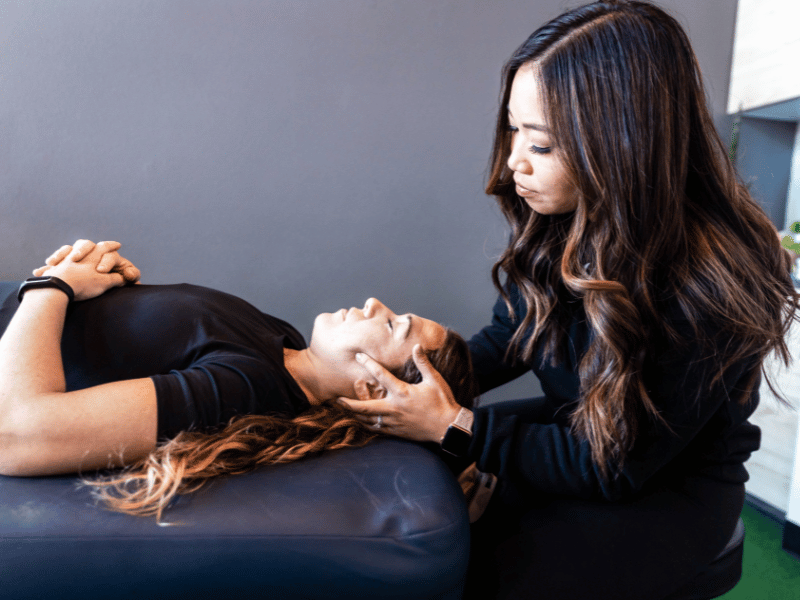
Myofunctional Therapy as a Treatment Approach
A primary tenet of myofunctional therapy is optimizing the function of the stomatognathic system which is responsible for breathing, smelling, chewing, swallowing, speaking, and maintaining head and neck posture which requires significant contribution from the TMJ and surrounding muscles [1]. Thus myofunctional therapy aimed at treating TMD utilizes multiple mechanisms of benefit to address a patient’s symptoms.
1. Muscle Balance and Relaxation
One of the primary benefits of MT is to alleviate muscle tension and pain associated with TMD. Through targeted exercises, MT helps relax overactive muscles which are common to TMD patients. Studies have shown that MT can effectively decrease muscle pain and improve overall comfort [7].
By addressing the underlying muscular issues, MT provides an excellent alternative or complement to pharmacological treatments. Many patients with TMD also experience muscle imbalances around the jaw due to excess tension or improper use. By restoring balance among the muscles involved in jaw function patients can achieve decreased pain and increased mobility [3]. By reinforcing proper function of these muscles patients can achieve symptom relief and also lower likelihood of recurrence.
2. Correct Posture and Alignment of the Joint
By enhancing muscle function MT can correct abnormal jaw movements and significantly improve joint mechanics and in turn occlusion leading to better overall jaw function [7]. Correcting oral postures with MT can also positively influence bite alignment and decrease stress on the TMJ. Improving head and neck posture also reduces strain on the TMJ and surrounding muscles contributing to overall symptom relief while also addressing frequently comorbid diagnoses of neck pain and headaches [5].
We also cannot ignore the bidirectional relationship between the neck and jaw. Studies have found that 70% of patients seeking care for TMD have neck pain and 42% of patients seeking care for neck pain have signs and symptoms of TMD [8]. This finding is to be expected given the co-contraction of the neck and masticatory muscles, the convergence of nerves carrying pain signals from the orofacial region and the upper cervical region at the subnucleus caudalis [4], and the impact of cervical mobility and posture on jaw function.
3. Enhancing Coordination and Function
MT also focuses on improving coordination between the oral and facial muscles which leads to improved swallowing and chewing efficiency and reduced strain on the TMJ. Incorporation of MT focusing on coordination and function of these muscles has been found to produce significant reduction in pain and improvements in jaw function as compared to a control group receiving standard care [12].
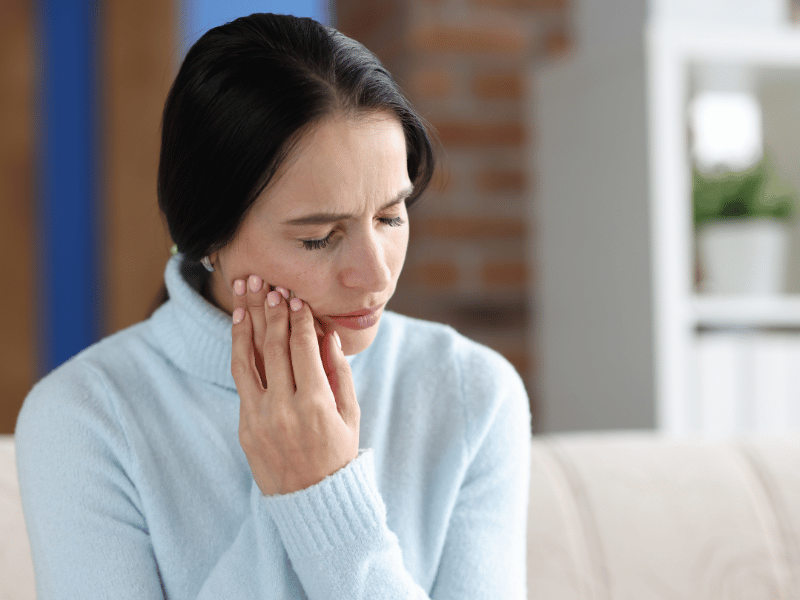
To achieve the primary objectives of myofunctional therapy for TMD a trained provider will develop a custom, individualized MT treatment plan specific to each patient’s exam findings and OMDs to incorporate into the larger multidisciplinary plan of care.
Exercises specific to TMD often include:
- Tongue Posture Exercises: Improper tongue posture or rest position (it should normally be against the roof of the mouth while at rest) can lead to malocclusion and contribute to TMD [3].
- Breathing Exercises: MT encourages nasal breathing which is essential for optimal jaw development and function. Chronic mouth breathing can lead to changes in facial structure that may contribute to TMD [10].
- Jaw Exercises: Specific exercises help strengthen the muscles surrounding the TMJ which improves function and alleviates pain. These exercises can focus on flexibility, strength, mobility, and/or stability of the TMJ.
It has also been discovered that patients undergoing myofunctional therapy for TMD and being educated properly on the importance of muscle function, posture, and breathing often report heightened awareness of their jaw and oral function.
This knowledge and awareness lead to improved self-management, reduced parafunctional habits, improved effectiveness of therapy, and better adherence to their treatment plan [6,10].
An Important Piece of a Larger Puzzle
Myofunctional therapy is a valuable tool in the management and rehabilitation of patients with temporomandibular disorders. By incorporating MT into a multidisciplinary approach providers will help patients better address their pain and return to the life that they want to live [5,9]. If you are a patient or provider, I encourage you to seek out not just myofunctional therapy but a team of providers (physical therapists, dental specialists, etc.) who have completed extensive training in TMD management and can integrate MT into a collaborative, patient-centered treatment plan that paves the way for a successful outcome and improved quality of life.
Physical therapy at MovementX offers an unparalleled experience that provides patients with unmatched one-on-one, evidence-based care that fits seamlessly into their lives and budgets. Contact us today to learn more about myofunctional and physical therapy for TMD and schedule an appointment to get back to the life that you want to live.
Sources
- Academy of Myofunctional Therapy. (2024). Myofunctional Therapy. Academy of Myofunctional Therapy. Retrieved September, 12, 2024, from https://aomtinfo.org/myofunctional-therapy/.
- Academy of Myofunctional Therapy. (n.d.) Introduction to Myofunctional Therapy [Course]. Retrieved September 14, 2024.
- Baker, A.M., Lim, J.H., & Kim, Y.H. (2019). The impact of myofunctional therapy on temporomandibular disorders: A systematic review. Journal of Orofacial Pain, 33(2), 165-174.
- Bogduk, N., (2009). Cervicogenic headache: an assessment of evidence on clinical diagnosis, invasive tests, and treatment. Lancet Neurology, 8, 959-968.
- De Felicio, C.M., et al. (2015). Myofunctional therapy for temporomandibular disorders: A systematic review of randomized control trials. Journal of Oral Rehabilitation, 42(9), 665-672.
- Fraser, M., Arora, H., & Sequeira, T. (2016). Myofunctional therapy in the management of TMD: A multidisciplinary approach. American Journal of Orthodontics and Dentofacial Orthopedics, 150(4), 585-591.
- Ghaffar, S., & Goncalves, D.A. (2018). Integration of myofunctional therapy with conventional treatments for temporomandibular disorders: A practical guide. Brazilian Dental Journal, 29(4), 455-463.
- Kraus, S., (2014). Characteristics of 511 TMD Patients Referred for Physical Therapy. Oral Medicine, 118(4), 432-439.
- Melis, M., et al. (2022). Oral myofunctional therapy for the treatment of temporomandibular disorders: A systematic review. Cranio, 40(1), 41-47.
- Morris, M., Campbell, P.M., & Gibbons,P. (2020). Nasal vs. mouth breathing: The impact on temporomandibular joint function. Journal of Craniofacial Surgery, 31(1), 151-156.
- Schiffman, E., et.al. (2014). Diagnostic Criteria for Temporomandibular DIsorders (DC/TMD) for Clinical and Research Applications: Recommendations of the International Research Diagnostic Criteria for Temporomandibular Disorders Consortium. Journal of Oral & Facial Pain and Headache, 28(1), 6-27.
- Soleymani, A., Zarif, S., & Shams, K. (2021). Efficacy of myofunctional therapy in managing TMD: A randomized control trial. Archives of Oral Biology, 129, 105191.



